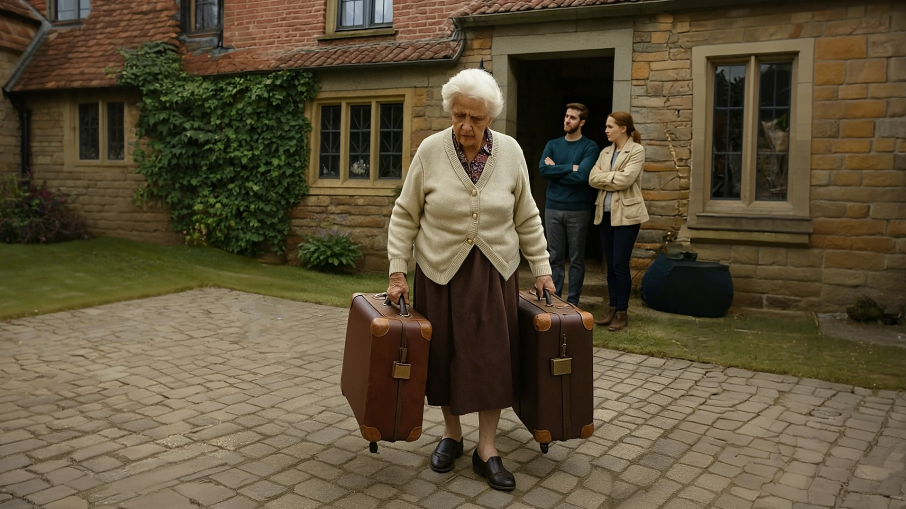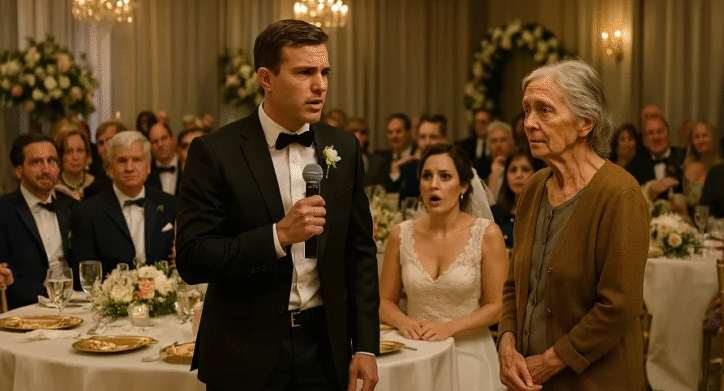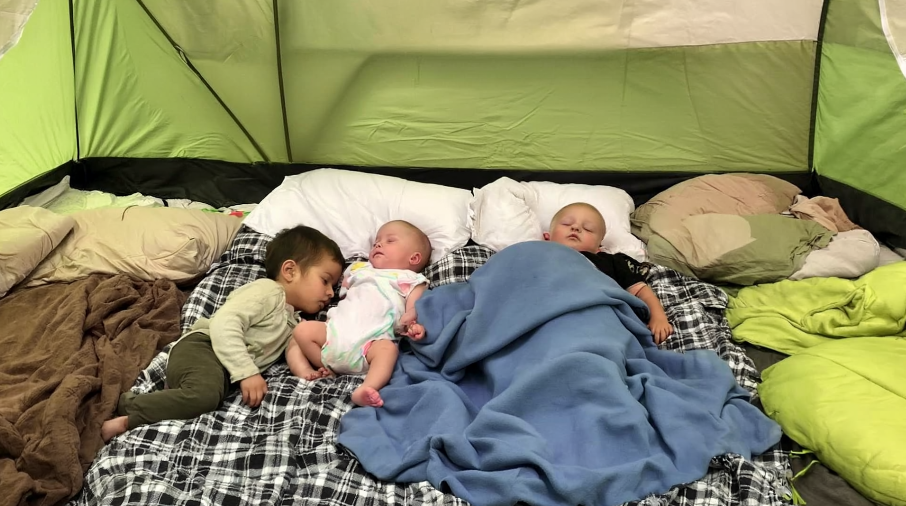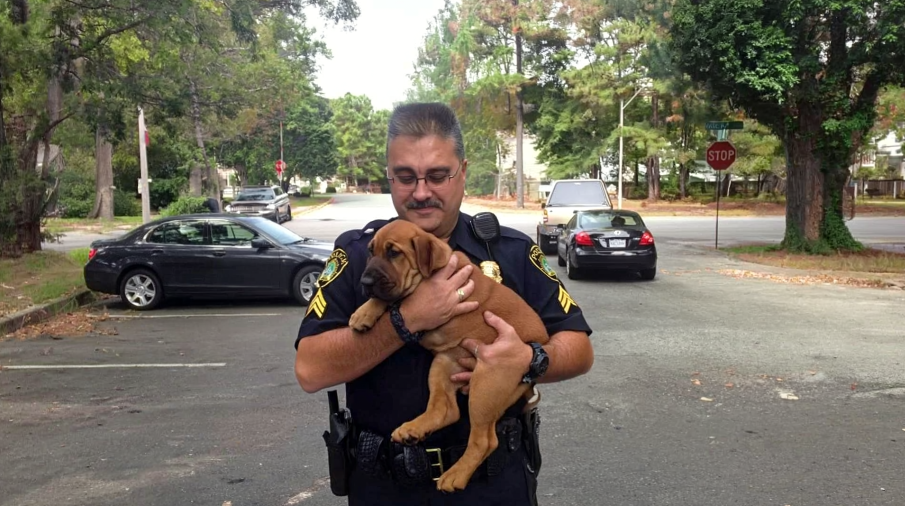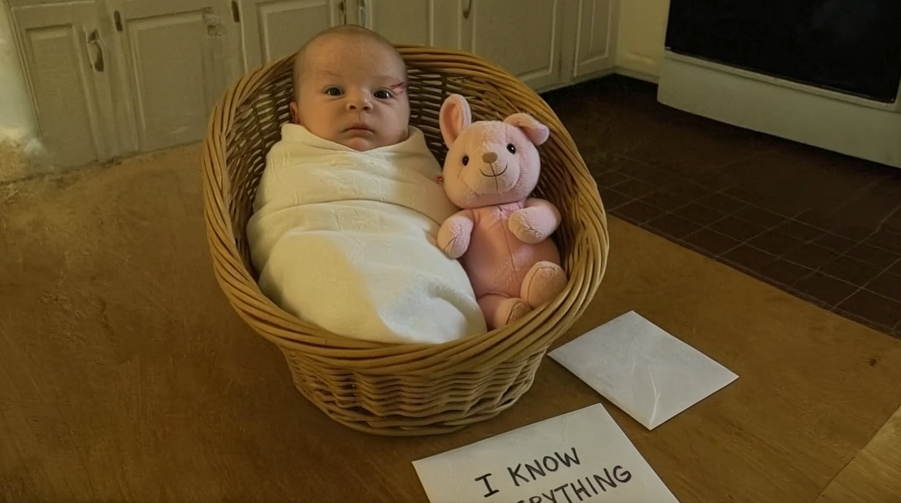Last Sunday, as I entered the sanctuary, I experienced a moment of personal reflection. I noticed a woman in her 40s with vibrant tattoos and multiple piercings—a striking contrast to the traditional image of churchgoers I had grown up with.
From an early age, I was taught that church is a place of reverence and humility, where modest clothing reflects respect for the sacred space. Seeing her bold appearance challenged the assumptions I had long held about what constitutes “appropriate” church attire.
This encounter led me to question: Are traditional views on church clothing still relevant in today’s world? Should there even be expectations about how people dress in places of worship?
Challenging Conventional Ideas of Church Attire
Seeing this woman’s unique style made me reflect on my preconceived notions about church clothing. After the service, I approached her to express my thoughts, suggesting that a more subdued appearance might align better with traditional expectations. Her response was clear and unapologetic: “How I look has nothing to do with you.” Her words stayed with me, prompting a deeper examination of whether my discomfort stemmed from outdated beliefs rather than a genuine issue with her appearance.
This moment opened my eyes to the possibility that I might be clinging to rigid notions of what “proper” church attire should be. In a world that increasingly values personal expression, is it fair to expect everyone to conform to the same standards? As society evolves, so do our ideas about individuality, and perhaps it’s time to reconsider what it means to dress “appropriately” for church.
Should There Be a Dress Code for Church?
Many of us grew up with a specific image of what church attire should look like—modest dresses, suits, ties, and clothing that doesn’t draw too much attention. These unwritten dress codes fostered a sense of uniformity and respect. However, modern fashion trends and cultural shifts have blurred the lines between what is deemed “acceptable” and “inappropriate.” Tattoos, piercings, and creative clothing choices are now common forms of self-expression.
This raises an important question: Should there still be a standard for how people dress in church? For some, dressing modestly is a way to show respect for the sacredness of the space. For others, outward appearance should not dictate one’s ability to worship or belong. After all, isn’t the essence of church about acceptance, compassion, and unity? These values should welcome everyone, regardless of how they look.
Embracing Diversity in Places of Worship
Churches are intended to be spaces of unity and inclusion. Focusing too much on appearances risks detracting from the true purpose of worship: fostering a connection with God and one another. Judging someone based on their tattoos or piercings can prevent us from understanding their unique story and spiritual journey.
It’s important to remember that everyone brings their personal history into church. Tattoos, piercings, and unconventional clothing often symbolize significant life experiences and struggles. By focusing solely on outward appearances, we may miss the opportunity to engage with the diverse perspectives that enrich our faith communities.
Balancing Tradition with Personal Expression
While individuality is important, there is also value in honoring traditional practices. For some, dressing modestly or covering tattoos is a way to respect the customs they grew up with and acknowledge the feelings of those who find comfort in tradition. However, faith is deeply personal, and each individual’s expression of it is unique.
Striking a balance between respecting tradition and embracing personal expression can help create a more inclusive worship environment where everyone feels valued and respected.
Promoting Respect in Faith Communities
Rather than enforcing rigid dress codes, churches can encourage thoughtful attire that balances individual expression with respect for the sacred space. By fostering a culture of understanding, churches can become more welcoming, embracing diversity while acknowledging the importance of worship.
Encouraging people to dress in a way that feels authentic to them—while being mindful of the space—can help cultivate a respectful and inclusive atmosphere. This approach allows faith communities to honor both tradition and modern values of individuality.
Welcoming Everyone with Open Hearts
At the core of faith communities lies the principle of inclusivity. Jesus often reached out to those marginalized by society, demonstrating compassion for individuals judged by their appearance or circumstances. To embody these values, we must look beyond appearances and focus on what truly matters—the heart.
Whether someone attends church with tattoos, casual clothing, or dressed in their Sunday best, what counts is their sincerity and desire for spiritual connection. By embracing diversity in places of worship, we can build communities where everyone feels accepted and valued, no matter how they choose to express themselves.
In doing so, we honor the true essence of faith: love, unity, and a shared journey toward a deeper spiritual connection.

